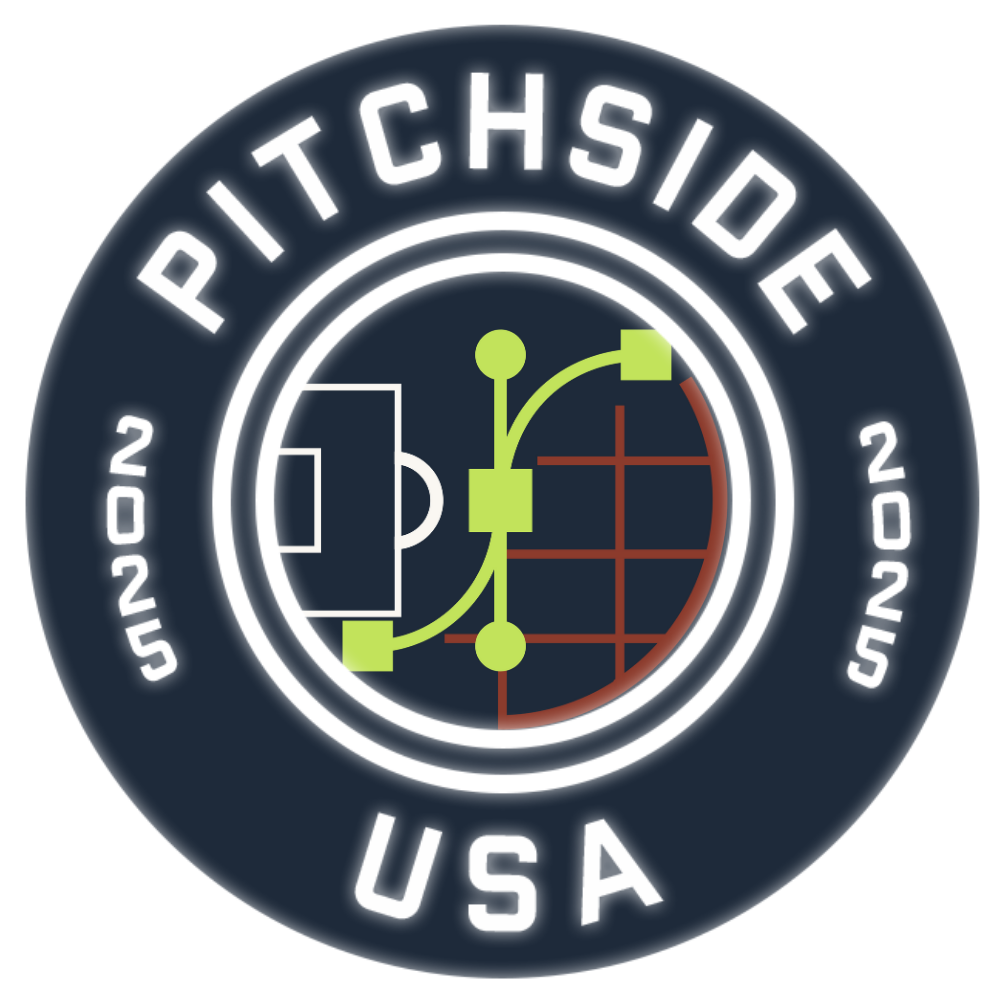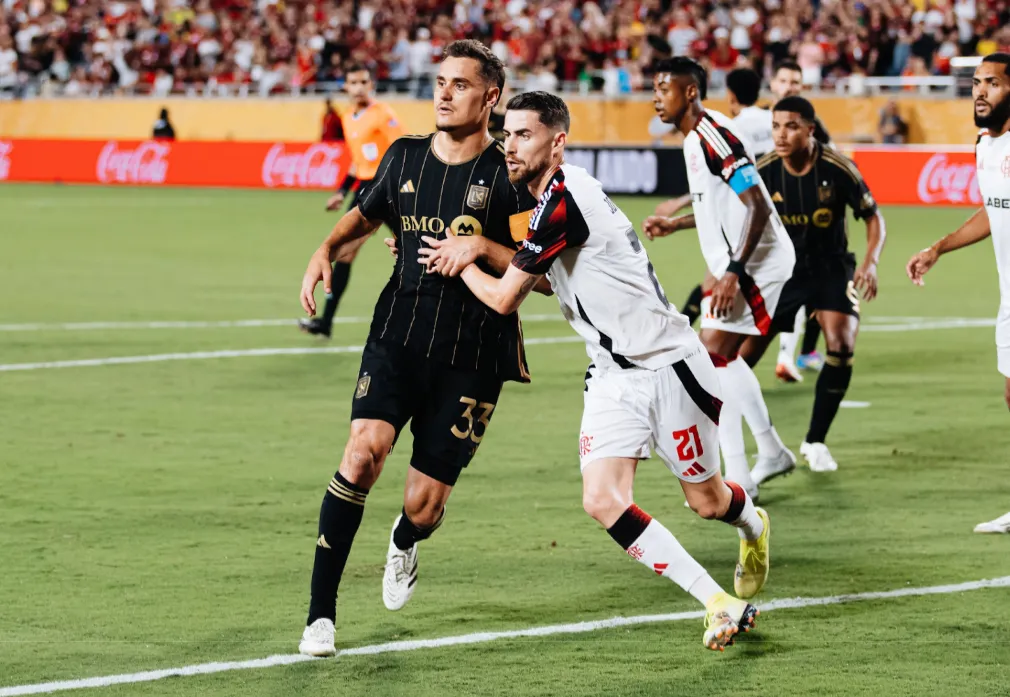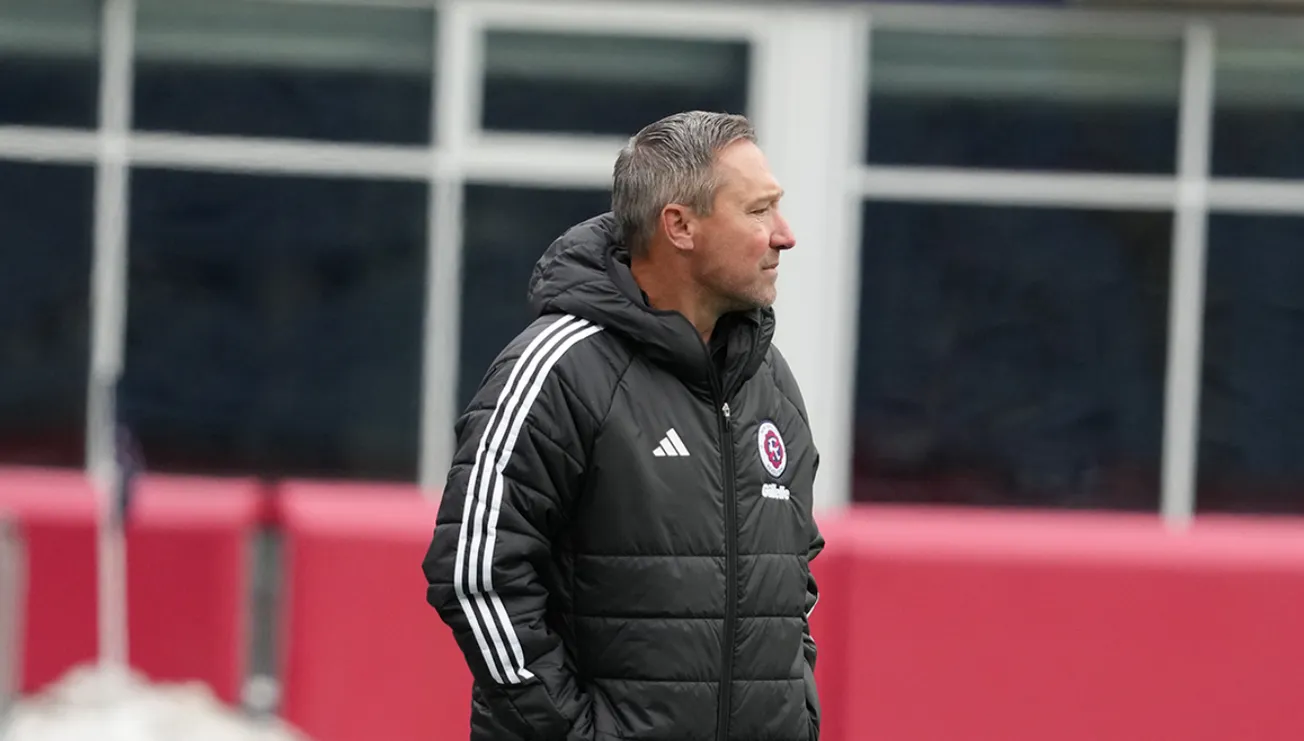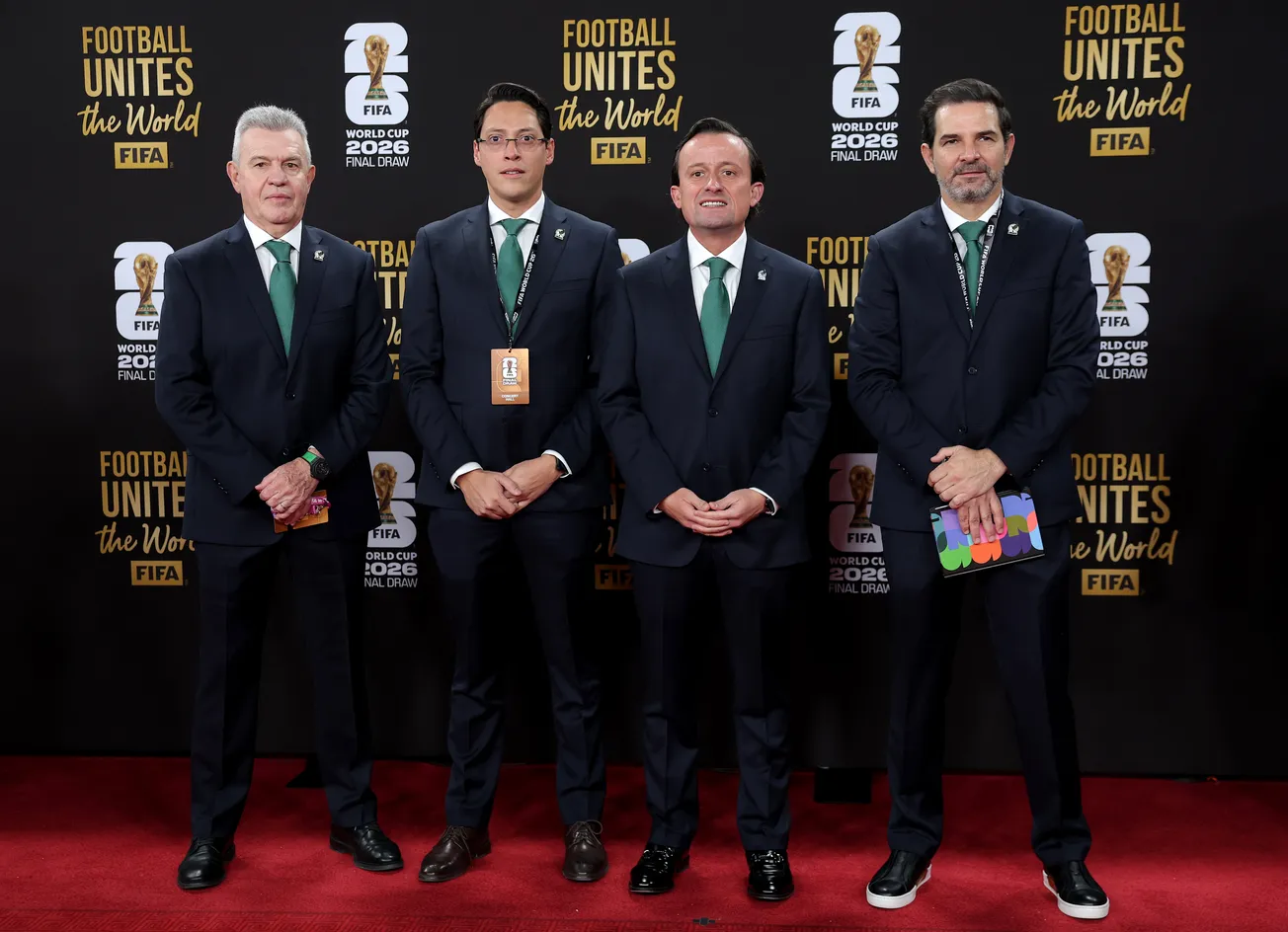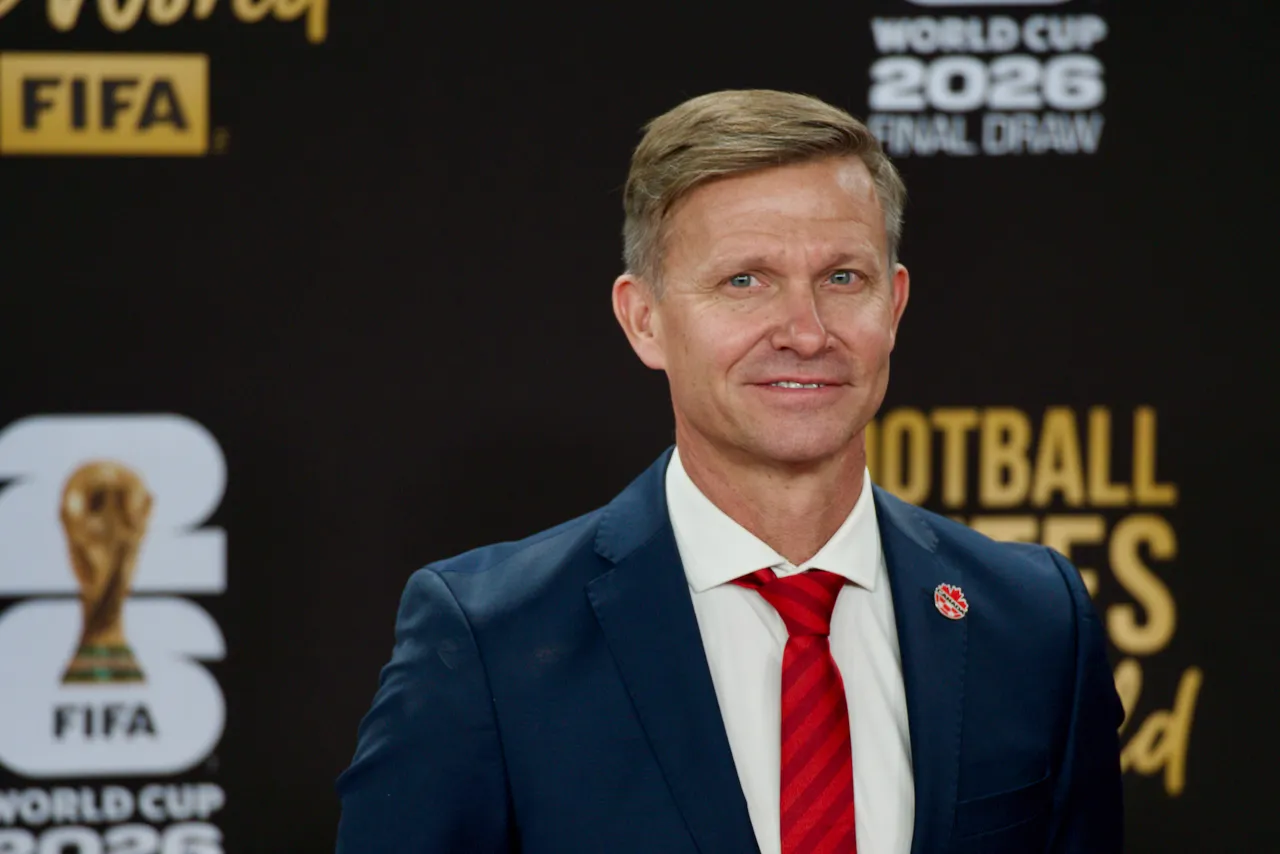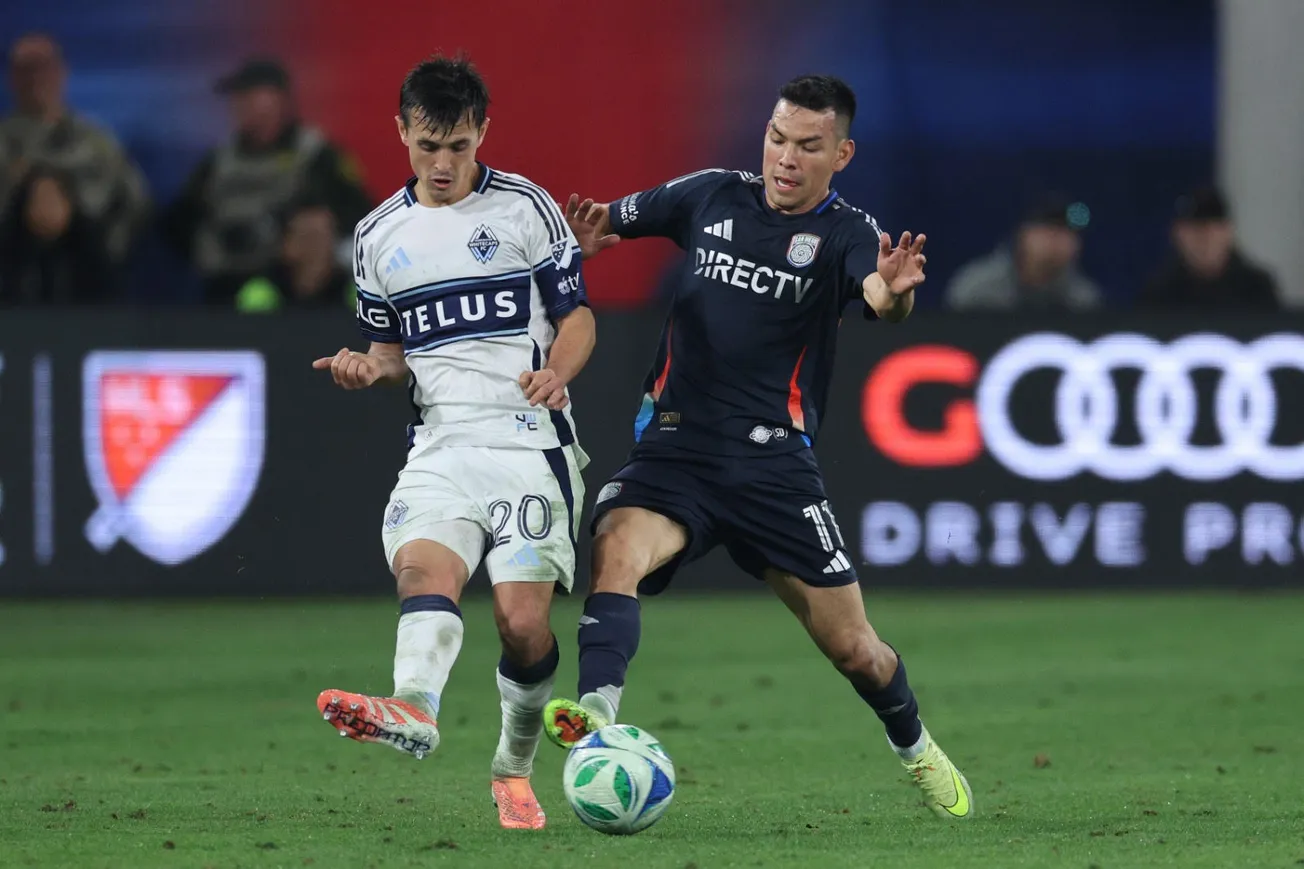USL and MLS: An Inevitable Merger on the Horizon?
Understanding USL requires tracing back to the summer of 2010, when the United Soccer Leagues' First and Second divisions merged after neither received Division 2 sanctioning from US Soccer Federation (USSF). This led to the creation of a temporary 12-team USSF D2 Pro League, acting as a bridge between a struggling USL and the rebooted NASL.
From its inaugural season in 2011, with 15 competing teams, USL quickly established itself as a key player in the soccer landscape. A pivotal moment arrived in January 2013 when MLS and USL agreed to integrate MLS Reserve teams into USL Pro, aiming to enhance player development and boost soccer's popularity across North America.
Initial partnerships emerged between MLS and existing USL clubs—Sporting KC and Orlando City, Philadelphia Union and Harrisburg City Islanders, DC United and Richmond Kickers, and the New England Revolution and Rochester Rhinos. Yet, financial stability remained elusive, as evidenced by the closure of two USL teams at the end of the 2013 season and the brief partnership between Houston Dynamo and Pittsburgh Riverhounds in 2014.
The league, however, persevered, expanding significantly between 2014 and 2015. Key markets like Sacramento, Oklahoma City, and Austin joined, while LA Galaxy pioneered MLS-owned reserve teams within USL. This move prompted multiple MLS teams to either establish reserve sides or affiliate with existing USL clubs, swelling the league beyond 30 teams by 2015.
The NASL Parallel
A noteworthy event in 2017—the migration of Tampa Bay Rowdies and Ottawa Fury from NASL to USL—highlighted the competitive tension between leagues, ultimately diminishing NASL's standing. This situation resonates today, hinting at a potential similar scenario with MLS influencing USL’s future trajectory.
Despite setbacks, including NASL's collapse and the aborted launch of the National Independent Soccer Association (NISA), USL has thrived, absorbing independent teams like Oakland Roots and Detroit City FC.
The Franchise Dynamic and Inevitable Consolidation
Unlike traditional European or South American clubs, which originated from social or athletic clubs supported by member dues, US professional sports operate on a franchise model. In the franchise system, teams are league-owned entities, battling rival leagues until only the strongest remain—a model historically seen in American leagues such as the NFL and MLB.
MLS and USL now stand as the primary survivors, seemingly destined for consolidation through merger or acquisition. With USL franchises valued at $20 million and MLS franchises at $325 million, any merger negotiation will hinge significantly on financial leverage and long-term stability.
The current USL Championship winners, OCSC, could
— Alex Ruiz (@AlxRuiz15) August 8, 2022
be kicked out of their current home if the #LAGalaxy's out-of-the-blue operational model is passed by the city of Irvine on Tuesday. Full details and fan base reaction to the news on @TheStrikerNews https://t.co/vTGwEtWlIt
MLS Next Pro and the Future of USL
In 2021, MLS announced MLS Next Pro, a third-division developmental league. This new league removes MLS reserve teams from USL, potentially harming ticket sales and local fan engagement crucial for USL teams' survival.
This raises critical questions about USL's sustainability. Las Vegas Lights, previously sustained by LAFC’s affiliation, faces uncertainty without MLS support. Meanwhile, successful franchises like Sacramento Republic and Orange County SC demonstrate USL's potential. Sacramento broke attendance records, and despite a failed MLS bid due to COVID-19, remains an attractive market. Orange County narrowly avoided eviction by Galaxy II, highlighting vulnerability even among successful franchises.
Expansion and Stability: USL’s Path Forward
Teams like Indy Eleven showcase both potential and uncertainty. Initially an NASL expansion success with robust local support, Indy Eleven now seeks MLS expansion, reflecting an ongoing risk for USL—losing key markets to MLS ambitions.
However, USL remains resilient. Its 24-team league includes valuable media markets like Detroit, Indianapolis, Phoenix, Pittsburgh, Las Vegas, and San Diego. Financial reports from Sports Business Journal indicate significant improvement, with nearly half of USL clubs projected to break even financially by 2024, aided by lucrative sponsorship deals and improved attendance.
Fan Support: The Crucial Element
Ultimately, USL’s fate hinges on fan engagement. The franchise model can be unforgiving, but passionate supporters have proven instrumental—saving stadiums, clubs, and even influencing team creation. Supporting local clubs remains essential. Attending USL matches contributes directly to club survival and fosters community.
As MLS and USL approach an inevitable crossroads, the engagement and advocacy of soccer fans will significantly shape the future of soccer in North America.
